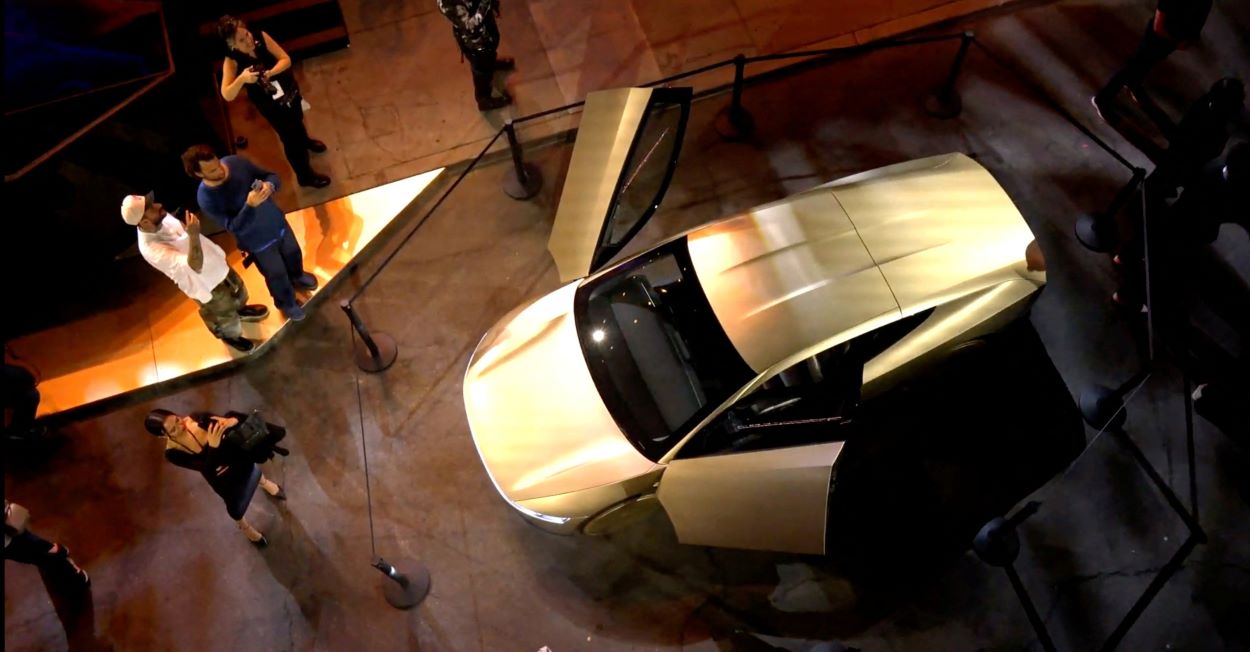At a high-profile event on Thursday, Tesla CEO Elon Musk introduced a robotaxi with gull-wing doors and no steering wheel or pedals, signalling a shift in the company’s focus from affordable mass-market vehicles to robotics. Musk also unveiled a robovan, expanding Tesla’s robotics ambitions.
Musk arrived on stage in a “Cybercab,” set to be produced in 2026 and priced under $30,000. He highlighted its cost-effective operation at 20 cents per mile and its use of inductive charging, eliminating plugs.
The world’s wealthiest individual emphasized that these vehicles rely solely on artificial intelligence and cameras, avoiding additional hardware typical in competing robotaxis. While innovative, this strategy has raised concerns among investors and analysts regarding technical and regulatory challenges.
“We have 50 fully autonomous cars here tonight, including model Ys and the Cybercab, all without drivers,” Musk declared, underscoring the arrival of autonomous transportation.
Further, Musk showcased the Robovan, which can transport up to 20 passengers, and presented Tesla’s Optimus humanoid robot. His vision extends to a fleet of self-driving Teslas available via an app, with options for Tesla owners to earn by listing their vehicles as robotaxis.
The event, held at Warner Bros studio in Los Angeles and titled “We, Robot,” drew investors, analysts, and Tesla enthusiasts. However, some attendees, including Dennis Dick, an equity trader at Triple D Trading, expressed disappointment over the lack of detailed timelines and concrete steps for scaling up robotaxi production and securing regulatory approval.
Despite previous optimistic forecasts about robotaxis’ readiness, Musk acknowledged his tendency to set ambitious timelines. After promising operational robotaxis in 2020, he has now refocused on developing these vehicles following the cancellation of plans for a smaller, more affordable car amid slowing EV demand.






